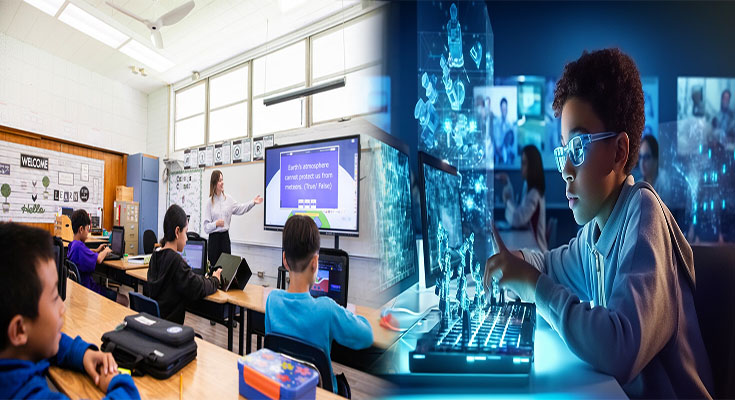
Leveraging Artificial Intelligence for Student Assessment: Unlocking Benefits for Educational Success
Artificial Intelligence (AI) has emerged as a transformative force in education, offering innovative solutions for student assessment and learning outcomes. Leveraging AI for student assessment presents a myriad of benefits, including “personalized feedback,” “efficiency,” “insights,” and “fairness,” which underscore the potential for AI to revolutionize the assessment landscape and enhance educational success.
1. Personalized Feedback
One of the key benefits of using AI for student assessment is the ability to provide personalized feedback tailored to individual learning needs. Keywords such as “adaptive assessment,” “individualized learning paths,” and “feedback optimization” highlight how AI-driven assessment tools can analyze student responses, identify areas of strength and weakness, and offer customized feedback. By providing personalized insights and recommendations, AI empowers educators to address students’ specific learning needs, promote self-directed learning, and facilitate continuous improvement.
2. Efficiency and Automation
The use of AI in student assessment offers significant improvements in efficiency and automation, marked by …
Leveraging Artificial Intelligence for Student Assessment: Unlocking Benefits for Educational Success Read More




